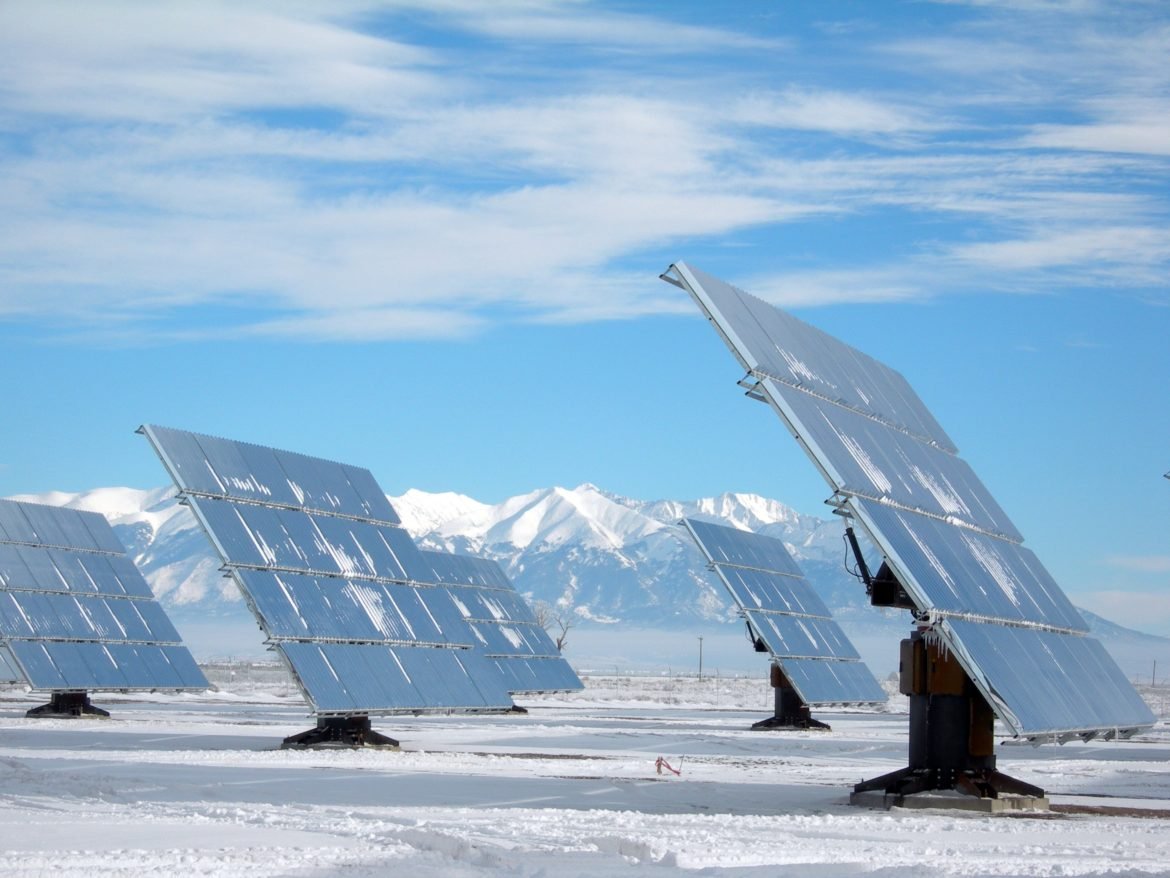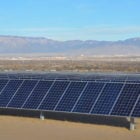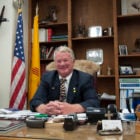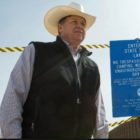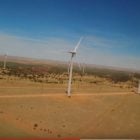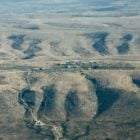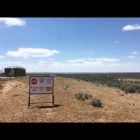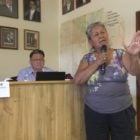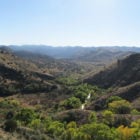2019 legislative session
New bill calls for zero-carbon electricity for New Mexico
|
New Mexico’s elected officials set a target of 100 percent carbon-free energy by 2045 in a bill introduced Thursday. The Energy Transition Act (SB 489), sponsored by Democratic Sens. Mimi Stewart and Jacob Candelaria and Rep. Nathan Small, adds to the Renewable Portfolio Standards already on the table. Gov. Michelle Lujan Grisham championed legislation introduced Feb. 1 that set a timeline for moving the state’s electricity supply from coal to solar, wind and geothermal power to 50 percent by 2030 and 80 percent by 2040.
